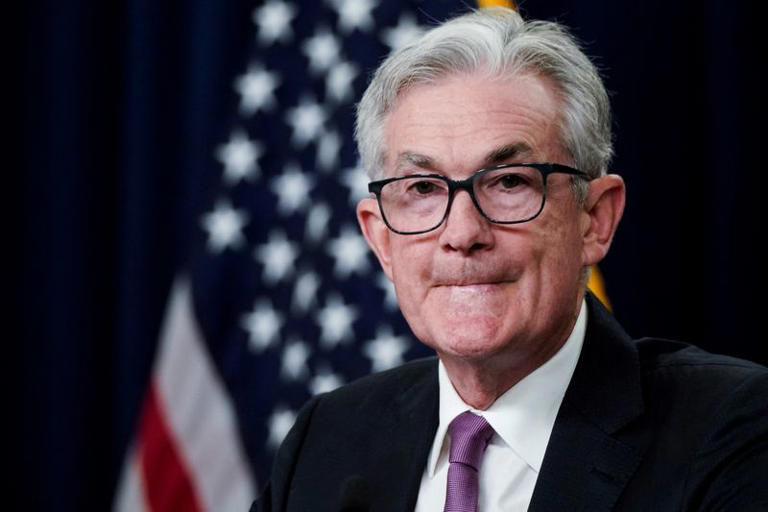Amidst the backdrop of global economic uncertainty, all eyes are now fixed on the United States as the Federal Reserve prepares to unveil its latest monetary policy decision. The anticipation surrounding this event is palpable, as market participants eagerly await insights into the Fed’s stance on interest rates and the broader economic outlook.
Contrary to recent monetary moves in the Eurozone, where interest rate cuts were implemented, the prevailing sentiment in the United States suggests a more cautious approach. The Fed’s decision today is expected to maintain its benchmark rates within the range of 5.25% to 5.50%, signaling a commitment to stability in monetary policy.
Leading up to the Fed’s decision, market sentiment has been closely monitored, with analysts providing valuable insights into potential outcomes. The consensus among experts suggests that the Fed will uphold its current rates, with only a marginal possibility of any adjustments. Today’s release of the Consumer Price Index (CPI) data is anticipated to show stability compared to previous months, albeit with potential risks of an upward shift.
Blerina Uruci, Chief US Economist at T. Rowe Price, provides valuable insights into the broader economic forecast. Uruci anticipates modest GDP growth, a marginal decline in the unemployment rate, and a gradual uptick in inflation for the year. She predicts that the Fed’s next dot plot will likely reflect a reduced number of rate cuts for 2024, signaling a cautious approach by FOMC members.
Analysts at Columbia Threadneedle Investments share a similar perspective, anticipating the Federal Reserve to maintain rates unchanged. They emphasize the importance of continued progress in reducing price pressures, with recent consumer and producer price data providing reassurance to Fed members about their position.
Erik Weisman, Chief Economist at MFS Investment Management, underscores the significance of April’s inflation numbers in shaping the Fed’s decision. With weakening macroeconomic data and uncertainties surrounding the impact of policy rates on the economy, the Fed’s response remains contingent on inflation trends and long-term rate projections.
Álvaro Sanmartín, Chief Economist at Amchor IS, offers a cautiously optimistic outlook, forecasting moderate economic growth amidst balanced inflation expectations. Sanmartín anticipates minimal rate cuts this year, emphasizing the Fed’s ability to maintain borrowing costs amidst a backdrop of economic stability.
Richard Flax, Chief Investment Officer at Moneyfarm, anticipates market focus on May’s CPI results, expecting a marginal decline in core inflation. He suggests that without a significant drop in prices, the likelihood of a rate cut remains remote, with analysts projecting potential cuts in September and December.
Jack Janasiewicz, Portfolio Manager and Lead Portfolio Strategist at Natixis IM Solutions, anticipates moderate outcomes from the Fed meeting, with a focus on inflation trends and the dot plot’s implications. He underscores the Fed’s cautious approach, driven by data dependence and the need for sustained evidence of a disinflationary trend.
Cassa Lombarda Advisory notes mixed economic data’s impact on rate cut expectations, citing robust labor market conditions and resilient wage inflation. They suggest that unless there is a significant downward movement in prices, rate cuts are unlikely in the near term.
George Brown, Senior U.S. Economist at Schroders, revises CPI estimates upward for 2024, reflecting rising inflation risks. He expects rate cuts to commence in September, contingent on sustained progress in inflation moderation and labor market conditions.
As the Federal Reserve prepares to announce its monetary policy decision, investors brace for potential market reactions amidst lingering economic uncertainties. While market expectations lean towards rate cuts, the Fed’s decision will ultimately hinge on sustained evidence of a downward inflationary trend and economic stability. Against a backdrop of global economic volatility, investors remain vigilant, adjusting their strategies to navigate potential market turbulence. As the Fed’s decision unfolds, market participants eagerly await insights into future monetary policy actions and their implications for financial markets worldwide.
